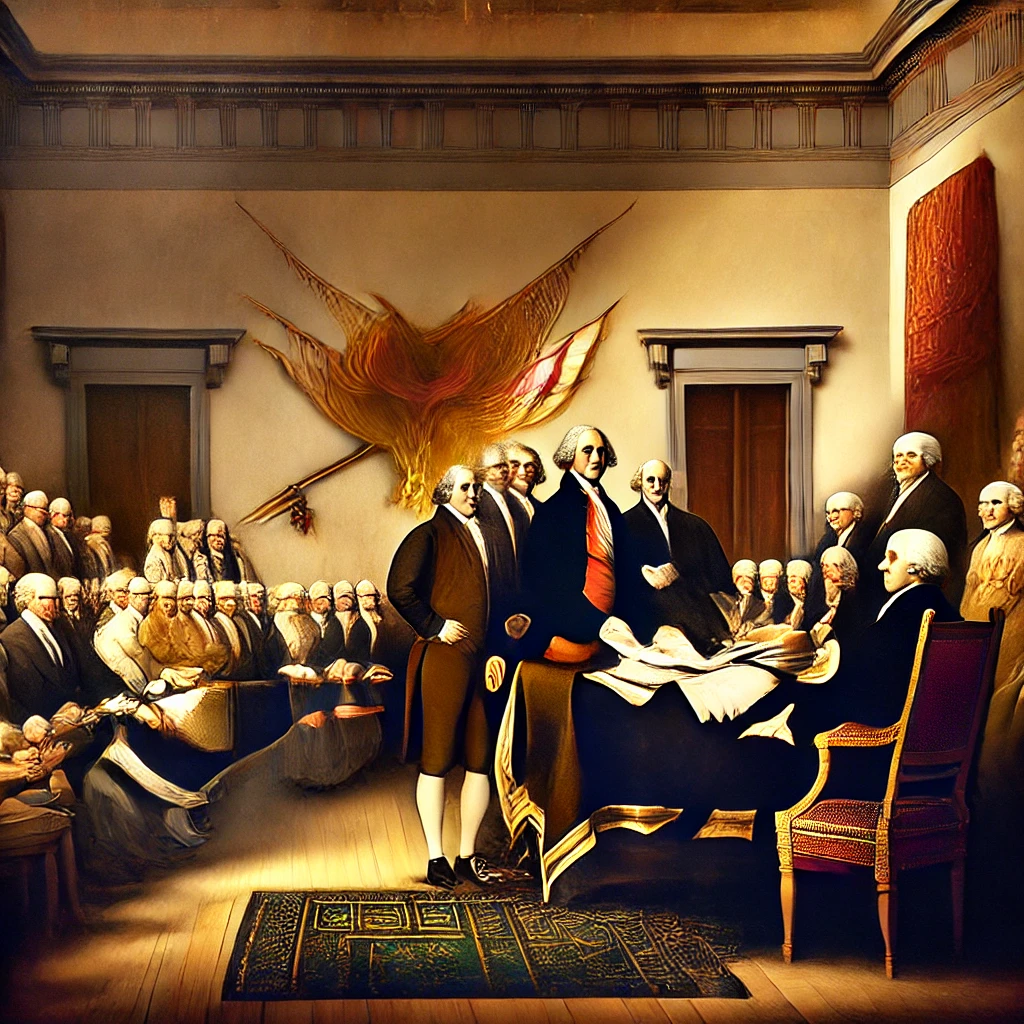The year 1790 was a crucial time in the early history of the United States. Just a year after the Constitution was ratified, the country was still laying the foundation for its government, economy, and society. Under the leadership of President George Washington, the new nation faced challenges in governance, financial stability, and territorial expansion. Here are some of the key events shaping America in 1790.
The First Census
On August 2, 1790, the United States conducted its first national census. Mandated by the Constitution, this effort aimed to determine representation in Congress and allocate taxes. The census counted a population of approximately 3.9 million people, including free citizens and enslaved individuals. The largest states by population were Virginia, Pennsylvania, and North Carolina.
The Residence Act and the Establishment of Washington, D.C.
One of the most significant legislative actions of 1790 was the passage of the Residence Act on July 16. This law determined that a new national capital would be established along the Potomac River, in what would become Washington, D.C. The location was a compromise between northern and southern states, negotiated by Secretary of the Treasury Alexander Hamilton and Secretary of State Thomas Jefferson. Until its completion, Philadelphia would serve as the temporary capital from 1790 to 1800.
The Naturalization Act of 1790
On March 26, Congress passed the Naturalization Act of 1790, which established the first set of rules for granting U.S. citizenship. The law stated that only “free white persons” who had lived in the country for at least two years could apply for citizenship. This act excluded Native Americans, enslaved individuals, and many non-European immigrants from becoming U.S. citizens.
The Indian Intercourse Act
The young United States continued to expand westward, leading to conflicts with Native American tribes. To regulate relations with indigenous peoples, Congress passed the Indian Intercourse Act on July 22, 1790. This law was the first in a series of policies governing trade, land transactions, and treaties with Native American nations. However, despite such legal measures, tensions and violence between settlers and Native American tribes continued.
Alexander Hamilton’s Financial Plan
Secretary of the Treasury Alexander Hamilton introduced a series of financial policies to stabilize the nation’s economy. One of his most significant moves in 1790 was the Assumption Plan, which proposed that the federal government assume the states’ Revolutionary War debts. This sparked heated debates, particularly from states like Virginia, which had already paid much of their debt. Hamilton’s plan ultimately passed, helping to centralize financial power and establish credit for the United States.
The Emergence of Political Factions
Although political parties had not yet fully formed, ideological divisions were becoming clear in 1790. The country was beginning to split between Federalists, who supported a strong central government and Hamilton’s economic policies, and Democratic-Republicans, led by Thomas Jefferson and James Madison, who favored states’ rights and a more agrarian economy. These factions would evolve into formal political parties in the coming years.
Slavery and Abolition Debates
The issue of slavery was a growing source of tension in the new nation. In February 1790, Quaker abolitionists and others petitioned Congress to end the slave trade. The debate in Congress revealed deep divisions between northern and southern states. While no immediate action was taken to abolish slavery, the discussions signaled that the issue would continue to shape American politics for decades.
Conclusion
The year 1790 was a transformative period for the United States. From setting the location of the national capital to addressing financial, territorial, and social issues, the country was laying the groundwork for its future. The events of this year influenced the direction of the young nation, shaping its government and policies for years to come.



